| T O P I C R E V I E W |
| Hemant |
Posted - 21/05/2016 : 09:50:30
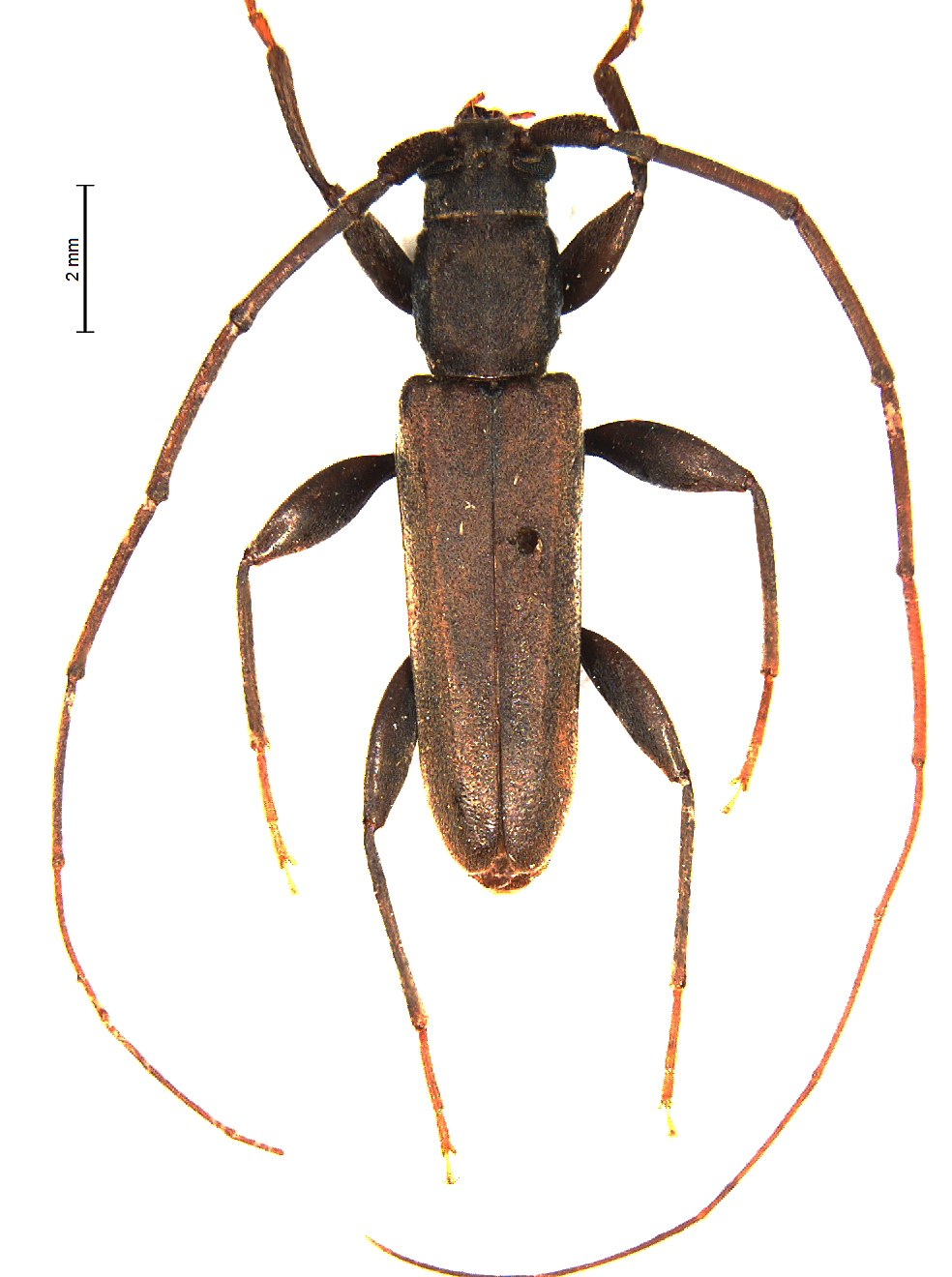 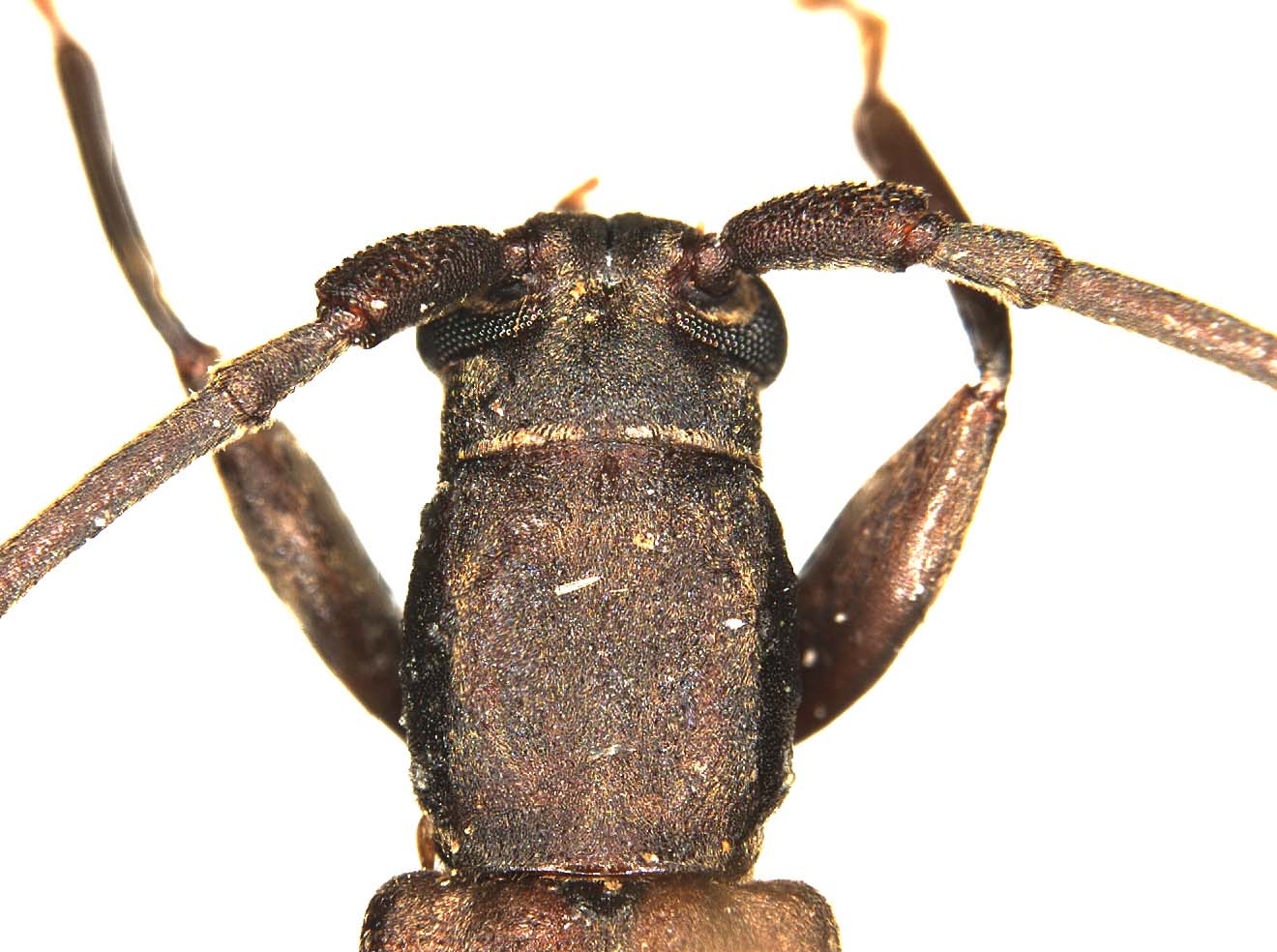
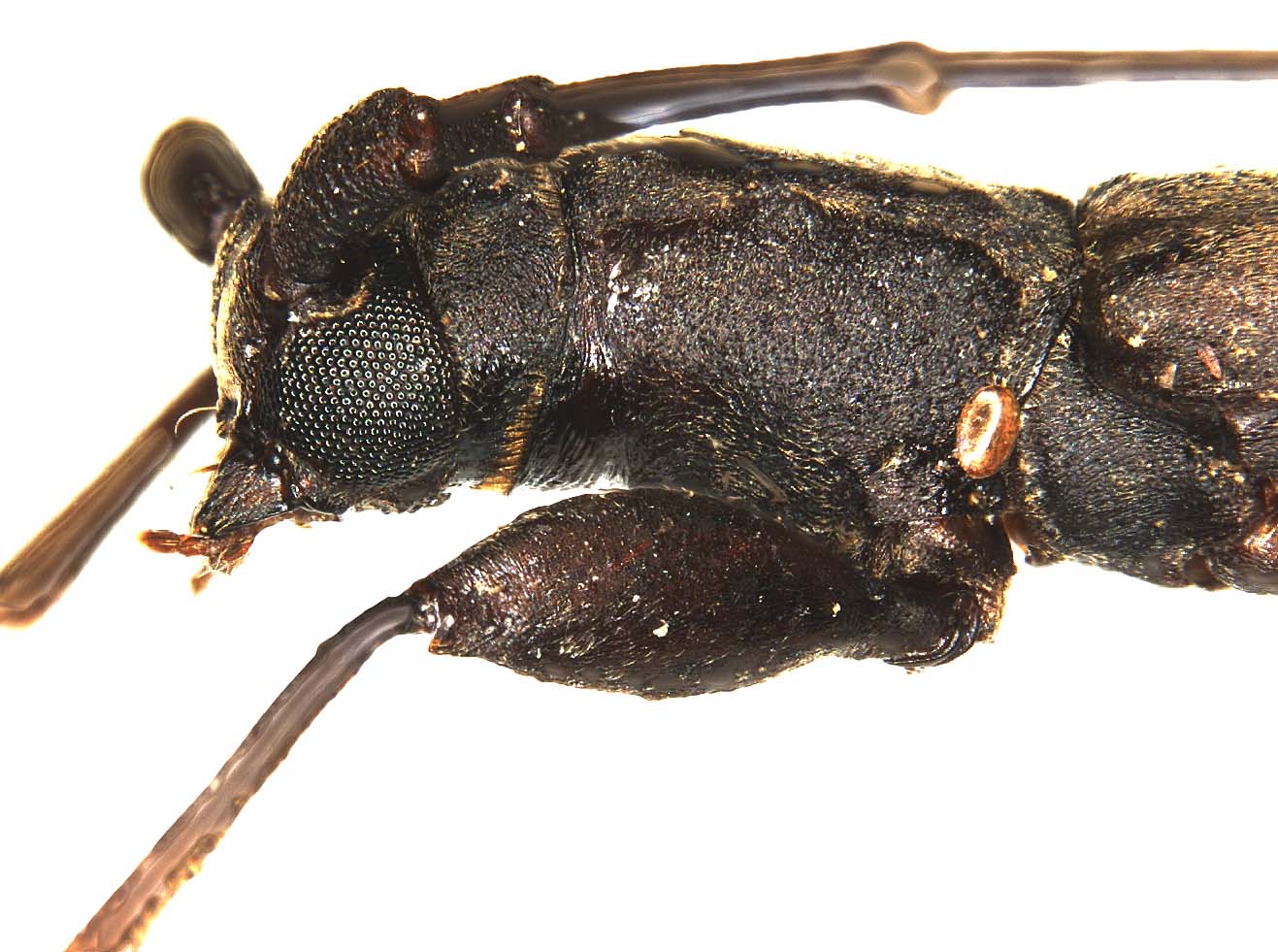
A species from NE India... |
| 11 L A T E S T R E P L I E S (Newest First) |
| Francesco |
Posted - 13/04/2022 : 08:01:30
Pelossus indicus Majumder, Ghate & Chandra n. sp.
The present specimen is the Holotype.
Article available here
Many compliments, Hemant and Amitava!!! |
| Xaurus |
Posted - 23/02/2017 : 00:18:37
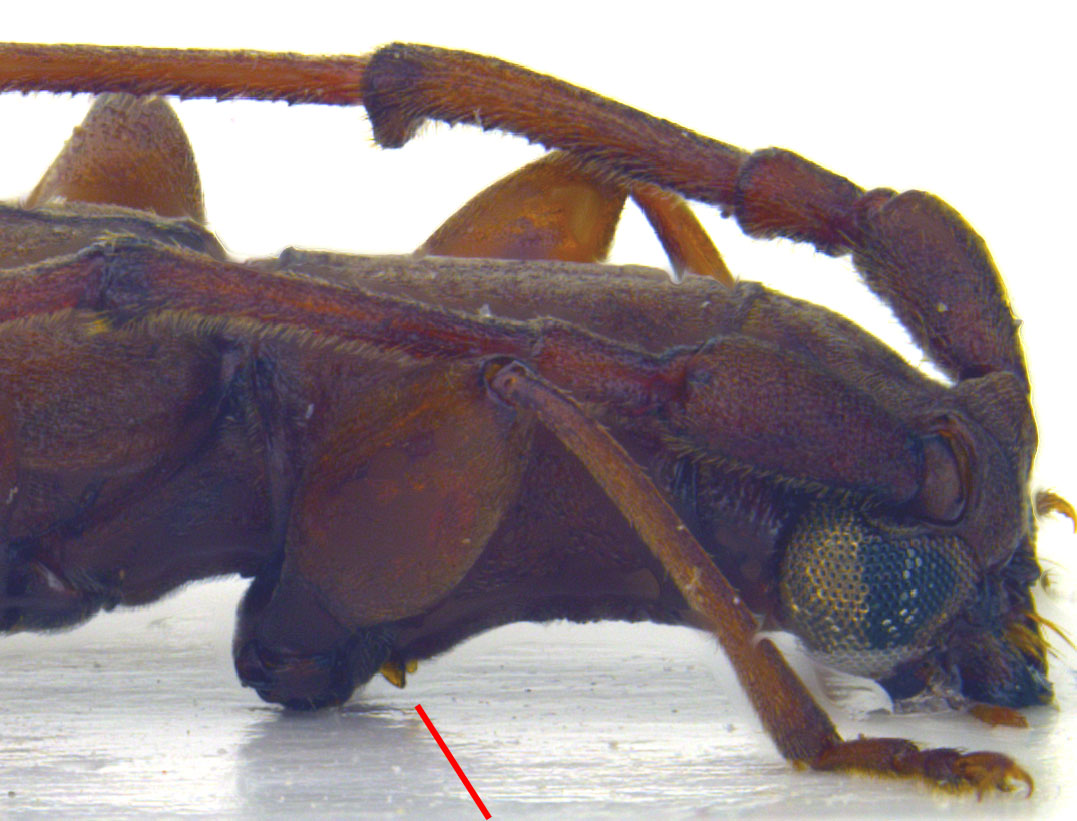
178.08 KB
please Hemant can you check if your spm has the same interesting coxal spines or extensions like my spm
|
| Xaurus |
Posted - 16/02/2017 : 23:57:33
Dear Hemant,
thanks for your separate mail, you have really an intersting species, compared with my spm from Vietnam there are many simliar features. Because I haven't seen the type I'm not really sure about my ID P. unicolor. As I compared the underside of my spm I have seen there is a remarkable wide (triangular) spine or better a spiny disk in front of the fore coxae esp. in male, in female much less developed. Next week I'll try to make a acc picture. I cannot see such feature at your underside picture sent me by mail, please can you check it. |
| Xaurus |
Posted - 14/01/2017 : 00:59:57
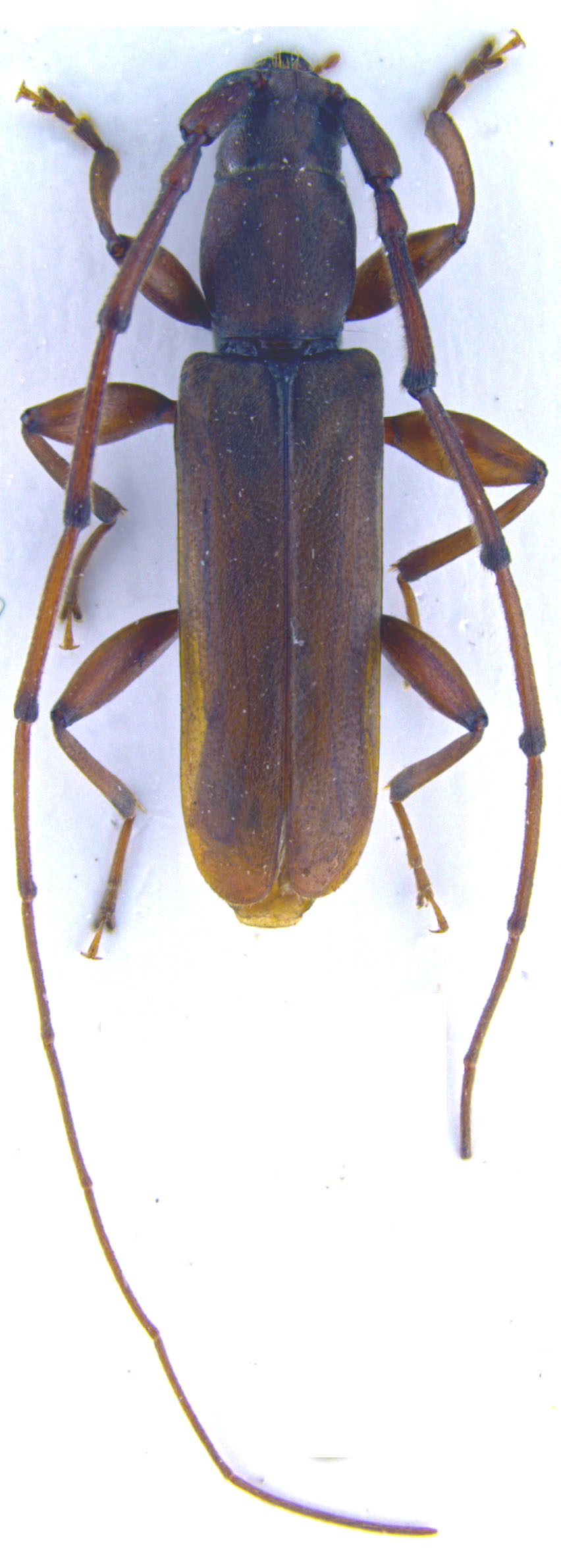
223.9 KB
Pelossus unicolor (Gressitt, 1951) from N-Vietnam |
| Francesco |
Posted - 13/01/2017 : 13:59:40
You can find Pelossus in Asia as well, e.g. Pelossus becvari (Sama, 1999) in Israel and Jordan and Pelossus unicolor (Gressitt, 1951) in China and Vietnam.
This genus is well characterized among Xystrocerini in having clubbed femurs (such as Xystrocera) but no apical spine on the scape.
According to Martins (1980), it shows characters tending to the Callidiopini so that Sama profited to invent a new tribe (Lygrini)... as usual, forgetting many other genera showing analogue characters. |
| amitavaeco |
Posted - 13/01/2017 : 13:05:05
Francesco Sir, can you please provide some information on Pelossus.
What about Pelossus apicalis. Any image of the Type is available. |
| amitavaeco |
Posted - 13/01/2017 : 12:50:51
Respected Sir with this descriptions of Gahan I thought. 
Also Pelossus is mainly a African Genus. Just for my confusion I asked.
In Amimes Pronotum feebly tuberculate at sides. Base and apex of pronotus constricted (as in this specimen)
- mid coxa touched the epimera
- Femora of the hind pair scarcely reach past the third abdominal segment
- First joint of the tarsi longer than the remaining 2 united.
Gahan's description little differs from Pascoe
Can any one discuss about the Genus characters of Pelossus, which can differ from this Genus.
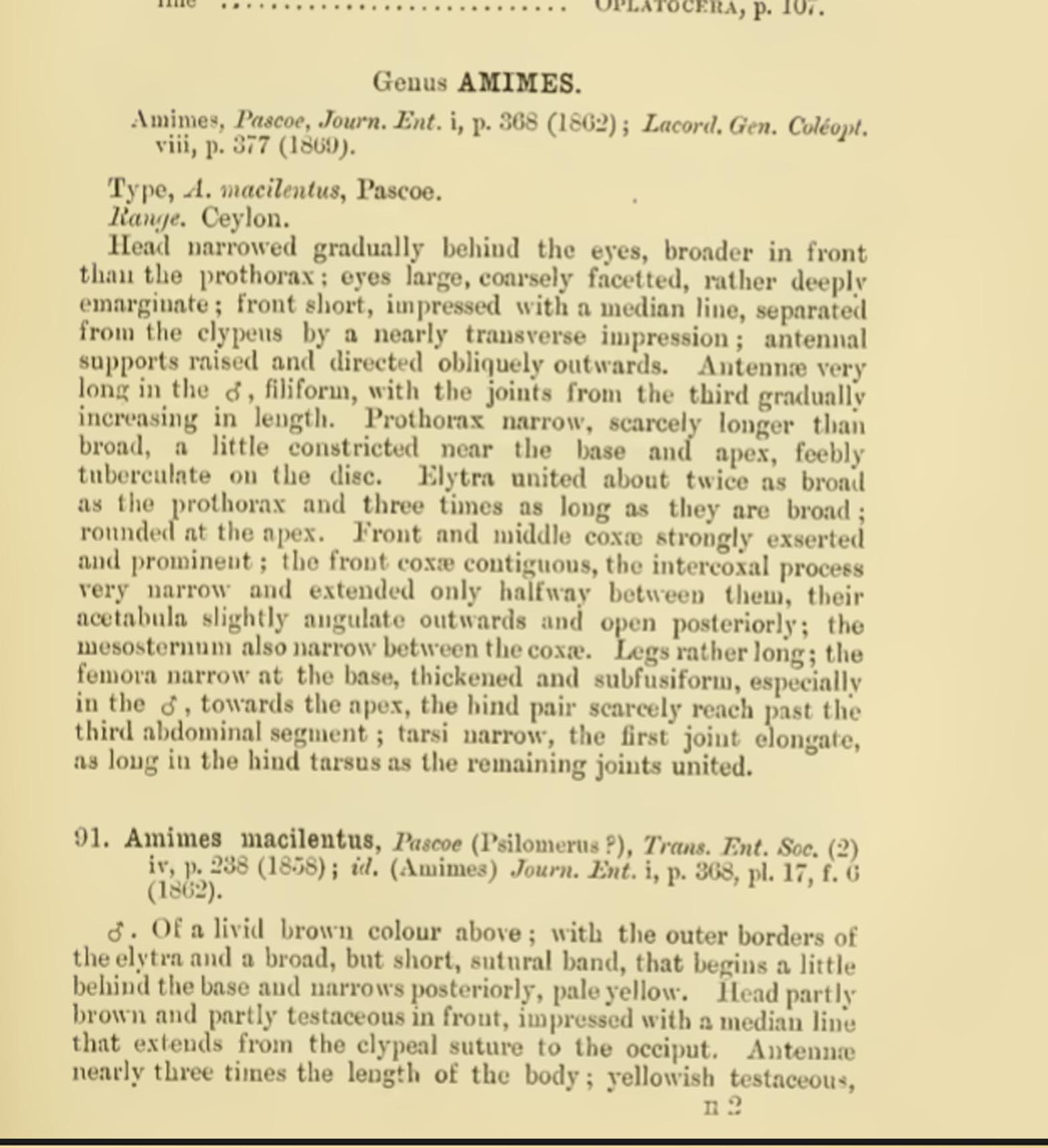 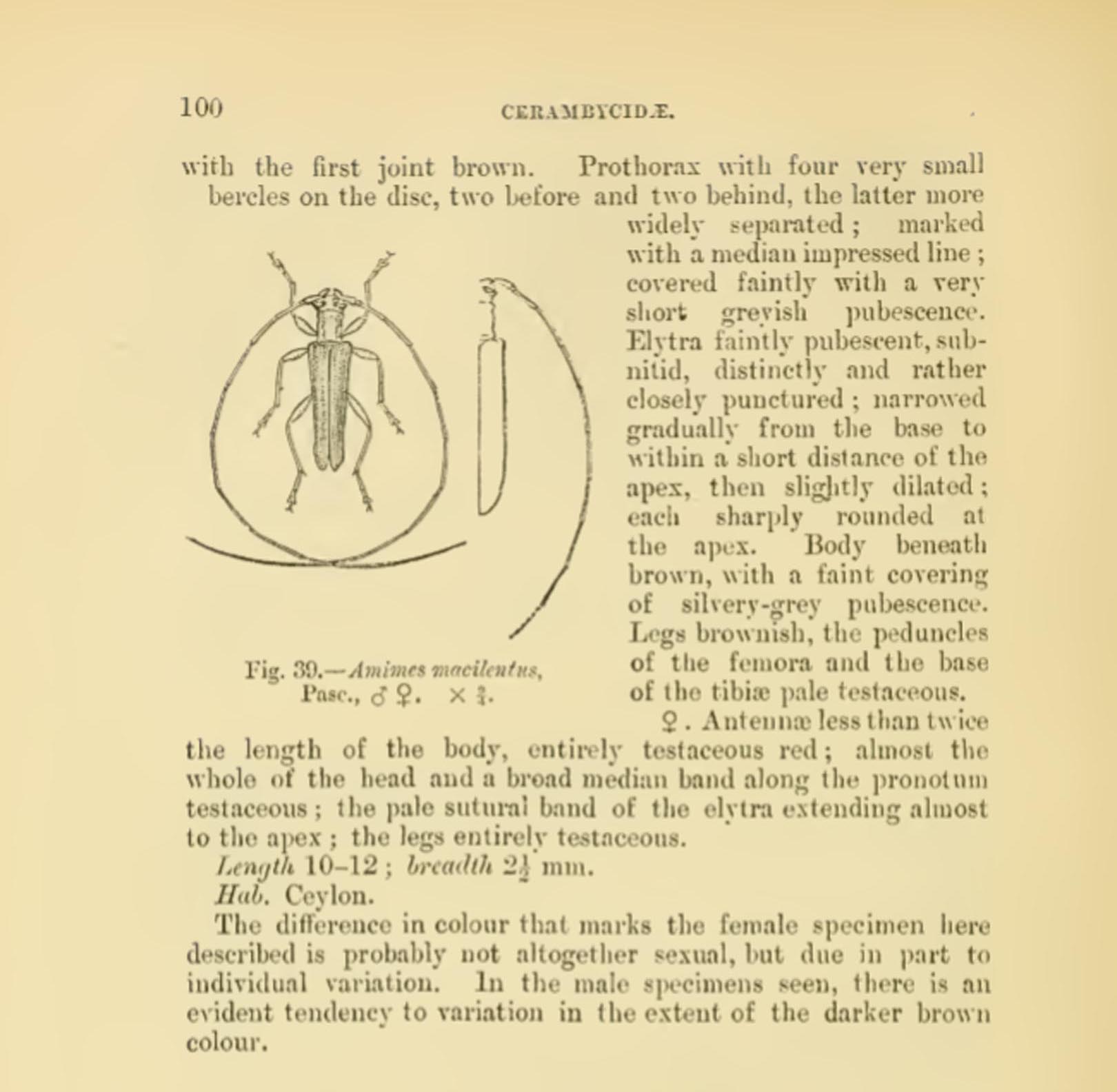 |
| Xavier |
Posted - 13/01/2017 : 12:21:09
quote:
May be Amimes (but here prothorax wider in middle)
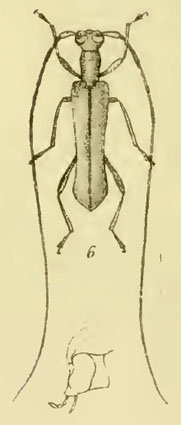
PASCOE F. P., 1862. Notices of new or little-known Genera and Species of Coleoptera. Part III.pl. XVII, fig. 6
I do no think so: the only species, Amimes macilentus (Pascoe, 1858) looks different |
| amitavaeco |
Posted - 25/11/2016 : 11:42:16
Dear Francesco
According to Thomson Pelossus (translated from literature, by google translator)
"head short, subdepressum; The eyes of silver, grosse granulati; in front of both sides subarmata the little concave; antennae very longer than the body, 11 articulate, Artie. 1 crassiuseulo, 3-5 subsequalibus, the others gradually little cresecentibus filiformibus; mandible small; palpi subquales little dilated; prothorax elongate depressed - globose, laterally unarmed; scutellum subrotundatum; elytra flat, the shoulders broad, rounded apiece; prostrate at mesosterni appendices laminiformes; intermediate anticis feet longer and shorter rear; studded all over very badly back end of the body as transientia; slender legs; tarsorum all trades 1 the two following conjunction longer"
But the upper specimen is little different from it.
Can It be am Amimes
Keys by Gahan Fauna of Brit. Ind.
Tribe oemini
May be Amimes (but here prothorax wider in middle)
|
| Hemant |
Posted - 21/05/2016 : 18:55:27
Thanks Francesco, I will check
Hemant
|
| Francesco |
Posted - 21/05/2016 : 10:37:14
Dear Hemant, welcome to the Forum!

In my opinion, this species should be a Pelossus (ex Lygrus) |


